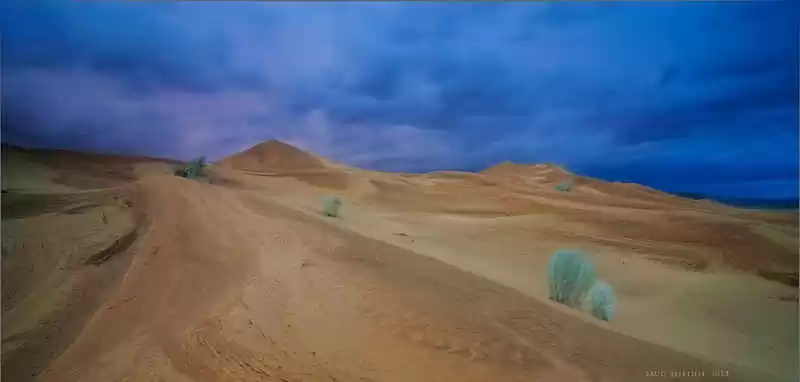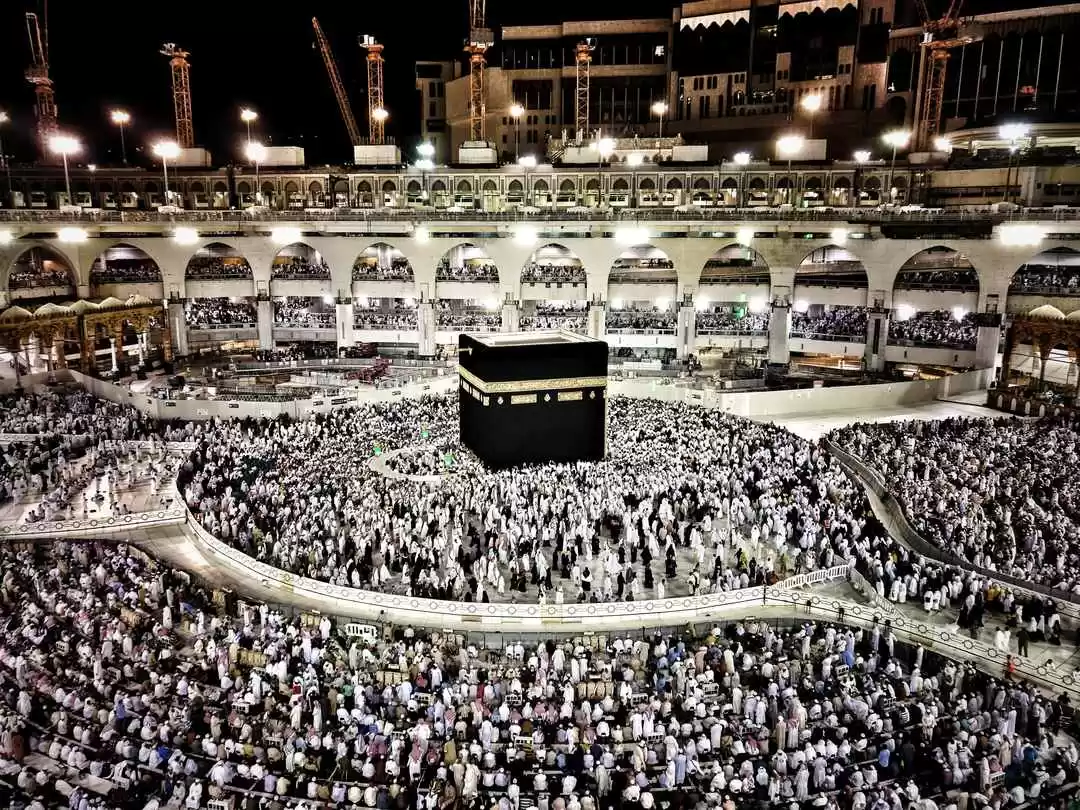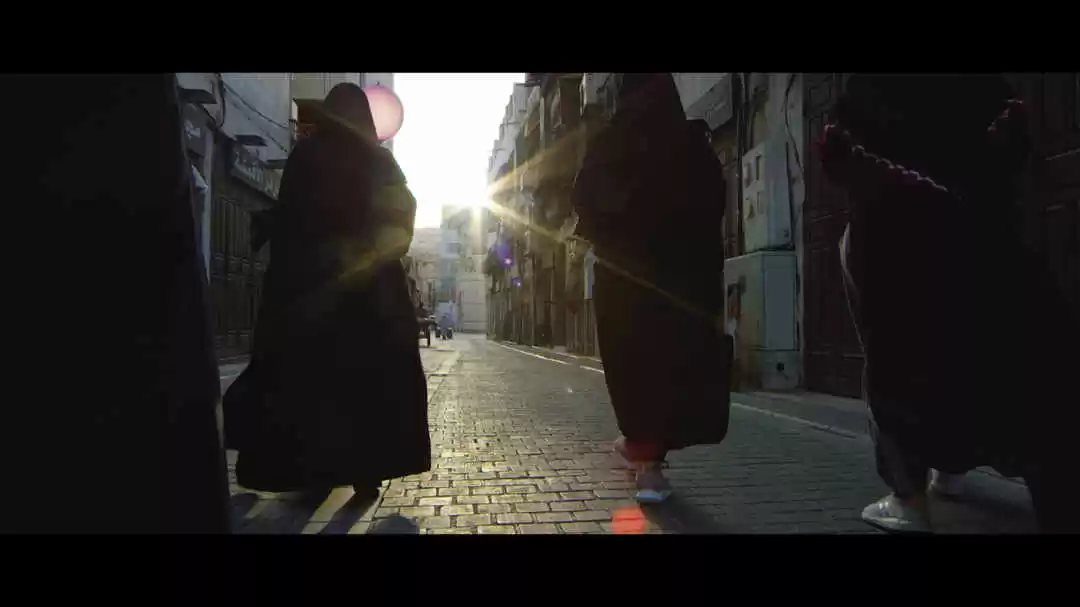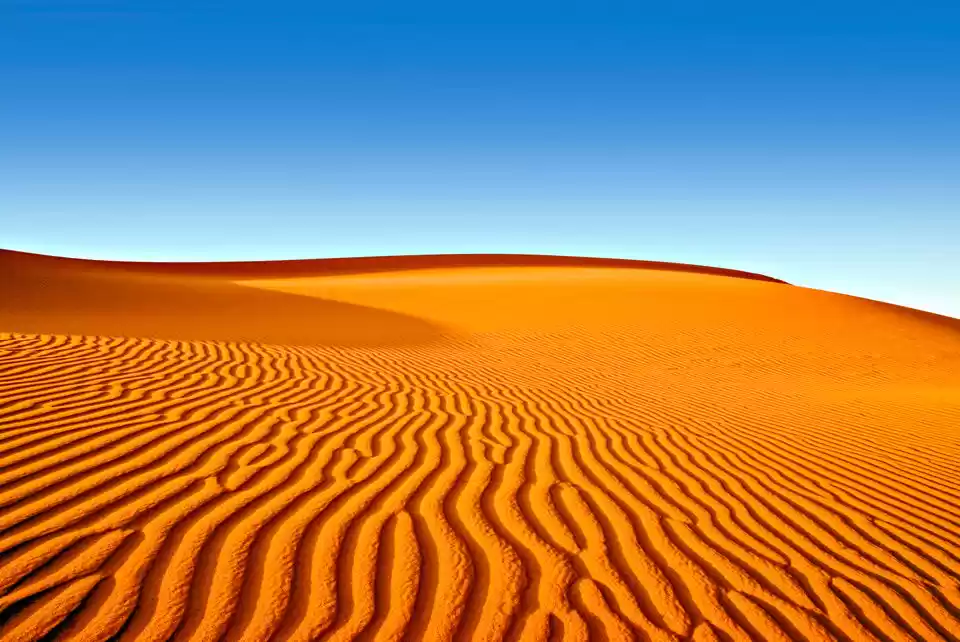Saudi Arabia Tourism and Travel Guide
All You Need To Know About Travelling to Saudi Arabia
When in Saudi Arabia: Don't Miss These Unique Travel Experiences
Saudi Arabia: In Photos & Videos
ट्रिपोटो हिंदी के साथ करें सऊदी का सफ़र
Post About Your Saudi Arabia Trip & Make it to Editor's Picks
About Saudi Arabia Tourism:
Best Time to Visit
The country that follows the pattern of an arid climate with severe excess of evaporation over precipitation, the best time to visit Saudi Arabia is between November to December when the temperature averages around 25°C to 30°C. You wouldn’t want to find yourself in the smouldering heat that starts at the end of February or the beginning of March and goes on till October.
Top Attractions
- Al Ahsa Oasis
Composed of 12 component parts, with more than 2.5 million palm trees, archaeological sites, and urban construction, Al-Ahsa forms the largest oasis in the world that represents the evolution of an ancient cultural tradition and the traces of long-seated human presence in the Gulf region. Located in the eastern part of the Arabian Peninsula and enclosed by the Abqaiq province in the north, the Gulf in the east, the desert of Ad-Dahna in the west, and the desert of Ar-Rub' Al-Khali in the south, Al-Ahsa is a unique geo-culturally evolving landscape that is now a UNESCO World Heritage Site!
- Jeddah
Another historic UNESCO Heritage site that is known as the “Gate to Mecca” and established as a major port for trade routes through the Indian Ocean is Jeddah. It served as the gateway for those Muslim pilgrims who came to visit Mecca by sea in the 7th century A.D. This place is a reflection of the Red Sea architectural tradition, a construction style that was once common to cities on both coasts of the Red Sea and was characterized by the towering houses embellished by large wooden Roshan that were built in the late 19th century by the city`s elite capitalists.
- Asir Mountains Saudi
Overlooking the Tihama valley lies the mountains of Asir. The landscape forms an outstanding construction of castles and artistically built buildings on the summits of a number of mountains in the Asir region that. Spread over an area of 161,880 sq. km, the Asir mountains include valleys and plains that attract tourists and nature lovers.
- Hegra
Hegra or al-Hijr or Madā ͐ in Ṣāliḥ is the first World Heritage site that was inscribed in Saudi Arabia. Featuring well-preserved monumental tombs with decorated facades, Hegra is the largest conservation site of the Nabataeans civilization, situated south of Petra. 111 in number, 94 of the tombs are decorated and date between 1st century B.C. to 1st century A.D.
- ad-Dir'iyah
Right in the heart of the Arabian Peninsula, founded in the 15th century, lies the district of At-Turaif in ad-Dir'iyah which was the first capital of the Saudi Dynasty. Bearing witness to the specific style of Najdi architecture, the fort of at-Turaif became the center of the House of Saud spreading the Islamic reform movement in Saudi Arabia.
- Dammam
The largest city in the Eastern Province of Saudi Arabia, which offers pristine beaches and an arid desert with sand dunes and is known for its historical architecture and priceless relics. Here you can experience camping in the desert and live like a Bedouin for 24 hrs. Charmin!! Isn’t it?
- Jubbah Rock Art
The biggest and richest rock complexes in the Kingdom of Saudi Arabia are the combined components of Jabal Umm Sinman at Jubbah and Jabal Al-Manjor and Jabal Raat at Shuwaymis. Jubbah and Shuwaymis are 90 km and 250 km from Hail respectively. The presence of the lake at the foot of the Umm Sinman Hill range has now disappeared but left behind numerous petroglyphs and inscriptions on the rock face that speaks of 10,000 years of human history.
- Al-Wahba Crater Saudi
One of the lesser-known natural wonders of Saudi Arabia, this volcanic crater is located 250 km away from Taif in Al-Wahab. Earlier believed to be formed as a result of a meteor strike, it was later found that it was formed due to volcanic activity – the result of a massive underground steam explosion. The prime feature that attracts tourists is the solid white salt deposit and the green palm trees and shrubs growing around the periphery of the crater while the entire desert remains barren!
- Riyadh
Formerly known as Hajr al-Yamamah, this is the largest city of Saudi Arabia and one of the wealthiest cities in the world. This city is not only known as a major financial and administrative hub but also a place of history, like the Al-Masmak Fortress which is located in the old town of Riyadh. Even the finest museum in all of the Middle East is located in Riyadh which boasts a fine collection of sculptures, antiquities, and audio-visual instalments.
- Farasan Islands
You wouldn’t happen to believe that the arid country would be known for its coral reefs. Would you? But it's true!! Located 50 km offshore from Jazan is a large archipelago of over 170 protected islands and islets group of coral islands called Farasan, of which Farasan al-Kabir Island is the largest. The barren desert against the backdrop of the brilliant turquoise waters is a visual treat. There are a lot of animals, some endemic to the region like the idmi gazelle and others like a white-eyed gull, osprey, nesting pink-backed pelican, sooty falcon, crab-plover, white-cheeked tern, lesser crested tern, and Red Sea (brown) noddy.
- Wadi E Jinn
Shrouded in a mystery where cars move without drivers touching them, Wadi Al-Baida or Wadi Al-Jinn is a valley that draws thousands of locals and visitors to witness the miracle. Although traditionalists believe that the power of jinn is behind this, geological experts pointed out that a phenomenon called reverse gravity is the reason behind this unnatural occurrence where the cars even move uphill when the car is in neutral gear.
- AlUla
Saudi Arabia’s best-kept secret that is covered in mystery and adventure, the walled city of Al-Ula was founded in the 6th century B.C. was the capital of the ancient Lihyanites. Some of the places of interest are Mahlib Al Naaqa, AlUla Old Town, Harrat Viewpoint, Jabal AlFil (Elephant Rock), Jabal Ikmah, and Tomb of Lihyan son of Kuza.
- Red Sea
Noted for its marine life and corals and located between Africa and Asia, the Red Sea or Al-Baḥr Al-Aḥmar is a seawater inlet of the Indian Ocean. Populated by the blooms of the algae Trichodesmium erythraeum which when dies off turns the sea a rusty (reddish brown) colour, this water body is one of the saltiest seas in the world. Taking a dip in the saline waters of the Red Sea is known for its health benefits like improved blood circulation, a natural exfoliant, and treatment for various skin infections. Also considered ‘the Underwater Garden of Eden’ because of the thriving underwater ecosystem, this is one of the major spots to go for snorkeling and scuba diving. So, visiting the Red Sea on your travel to Saudi Arabia should be on your itinerary.
- Souqs
The street markets of Middle Eastern countries are otherwise known as Souqs where you get EVERYTHING. From condiments to bags, to shoes, carpets, antiques, traditional artefacts, and so on. If you are a shopaholic, you may easily lose yourself in the lanes and the bylanes of the souqs. Some of the known souqs of Saudi Arabia are:
Souqs of Old Jeddah
Al-Hob souq of Dammam
Souq Al Zal in Riyadh
Taif Souq
Qaisariyah Souq
Souq Bismi
Qaisariah Souq
Things to Remember While Travelling To Saudi Arabia
- Do not take pictures of anything in public without permission.
- Do not smoke or drink in public.
- Do not drink while you are on a plane on the way to Saudi Arabia.
- Do not wear red on Valentine’s Day or buy or sell roses or any heart-shaped items on that day.
How to Travel to Saudi Arabia
Although there are 35 airports in Saudi Arabia that includes domestic, international, and military, the most popular ones are King Abdulaziz International Airport in Jeddah and King Khaled International Airport in Riyadh. Both airports are accessible from all the major cities of India like Delhi, Mumbai, Kolkata, Bangalore, Chennai, and Hyderabad.
Cost of Stay in Saudi Arabia
Unfortunately, like other places, Saudi Arabia is not a budget destination.
Average spending per day: USD 55
Accommodation Costs in Saudi Arabia
Budget/Cheap hotel room/apartment: USD 25 – USD 50
Mid-range hotels: USD 50 – USD 100
Luxury has no bounds so you can splurge as much as you want.
You can opt for Couchsurfing which is one way of going budget and saving money. And even camping is a way to save money on accommodation.
Food and Drinks Cost in Saudi Arabia
Street stalls or food trucks: USD 1 – USD 1.50
Road-side tea stalls: USD 0.27
Cheap meal: USD 4 – USD 6
Mid-range meal: USD 30 – USD 35
Cost of Transportation
There are different types of transportation services that visitors can avail. They are:
Shared cab services like Uber, and Careem.
Bus services where travel costs come to around USD 45 between Riyadh and Jeddah. To book affordable bus tickets you can check out the SAPTCO website.
Flights services where two of the established flight services are Saudi Airlines and FlyNas.
Rental services where renting a car will cost you a little more than USD 700 per month.
Written by Sinchita Sinha, Tripoto Staff Writer.


























